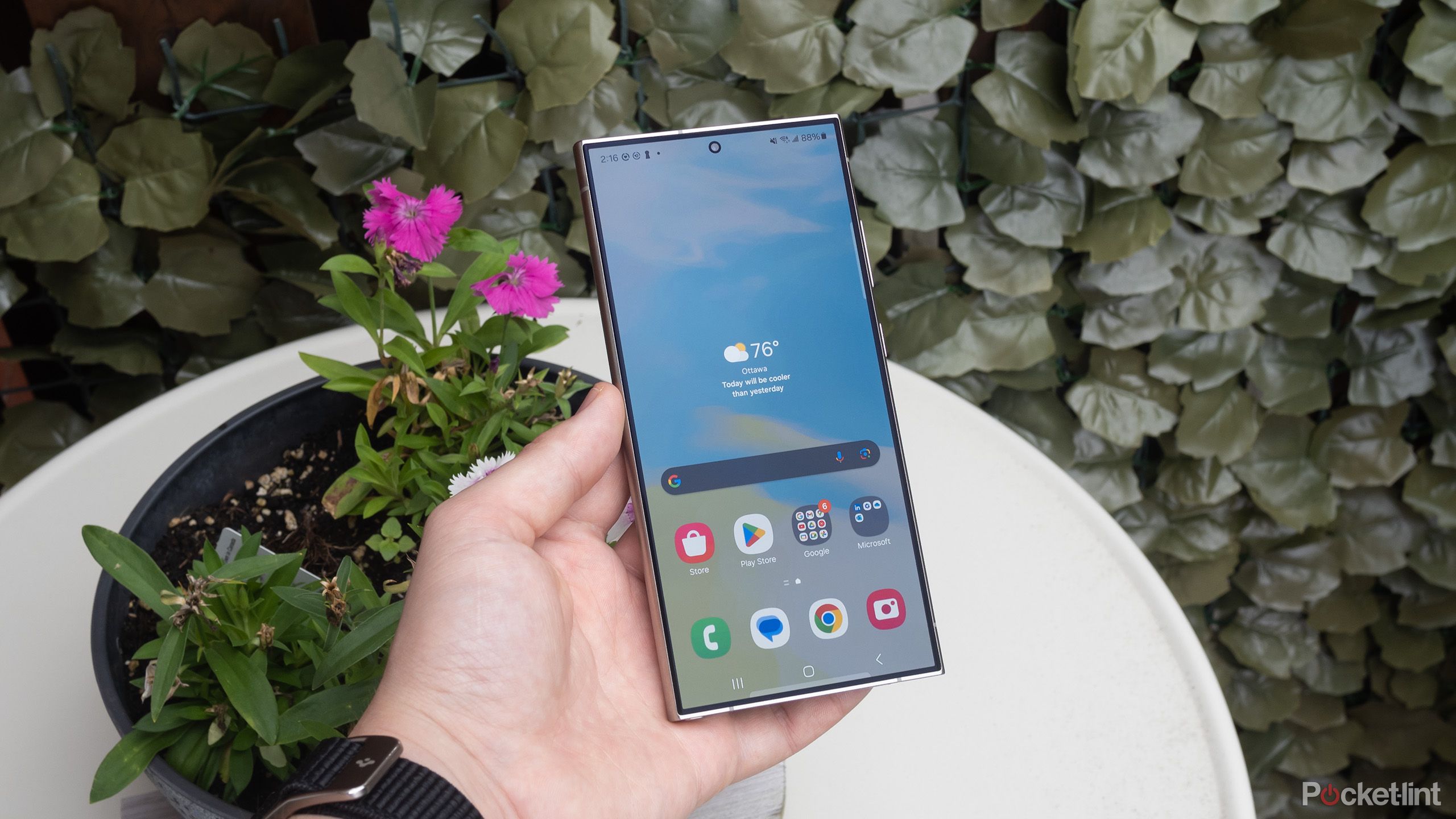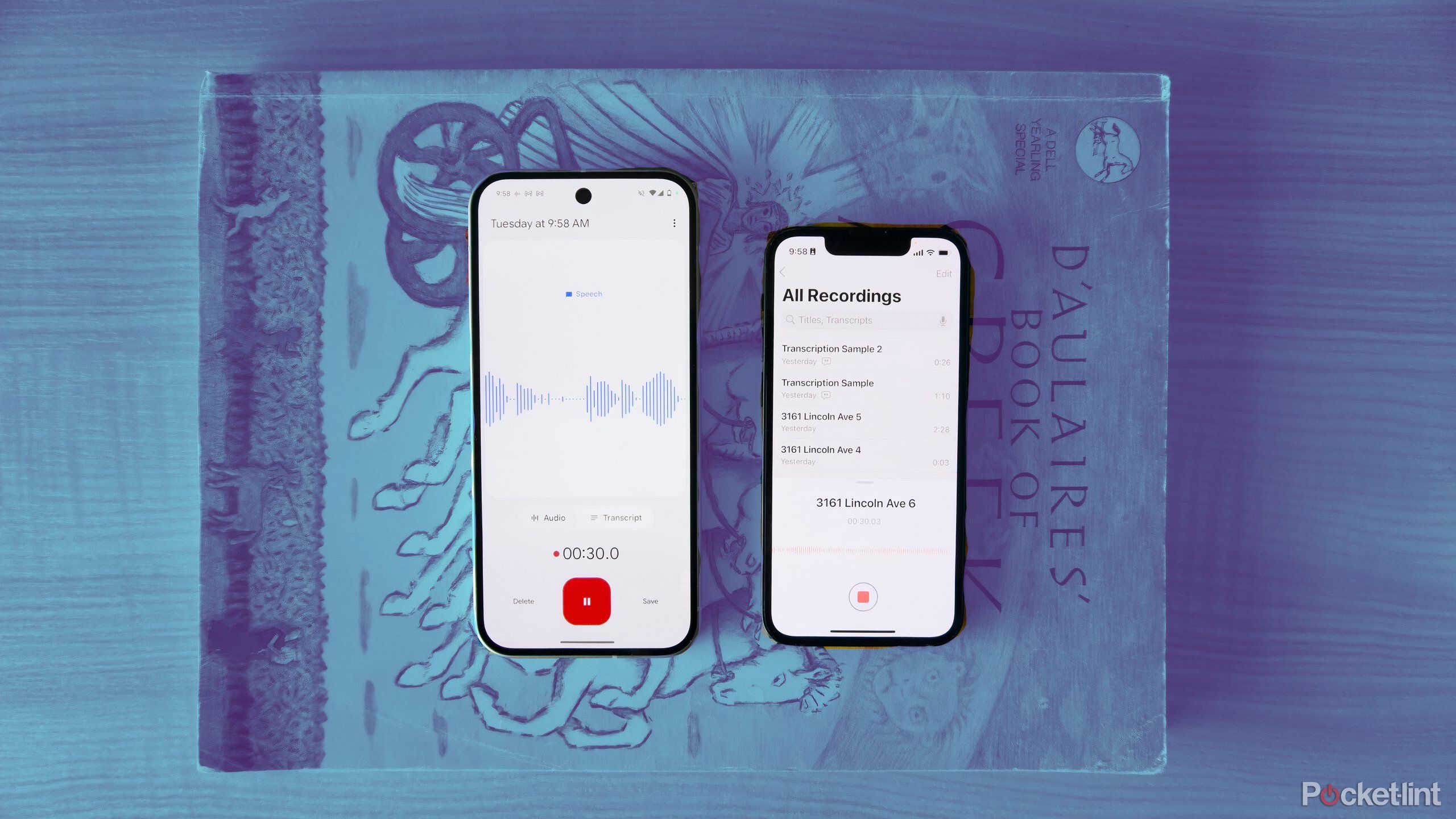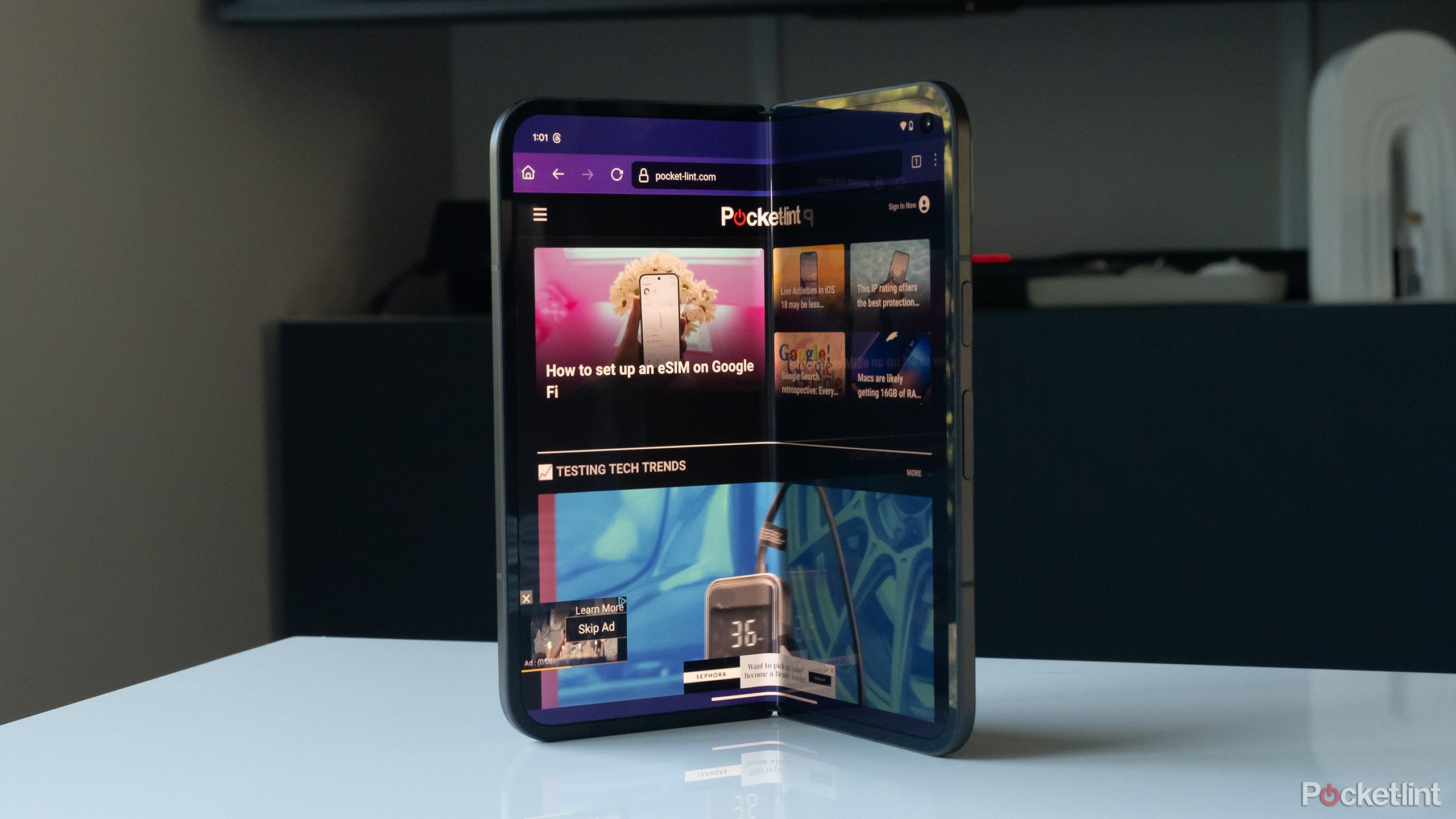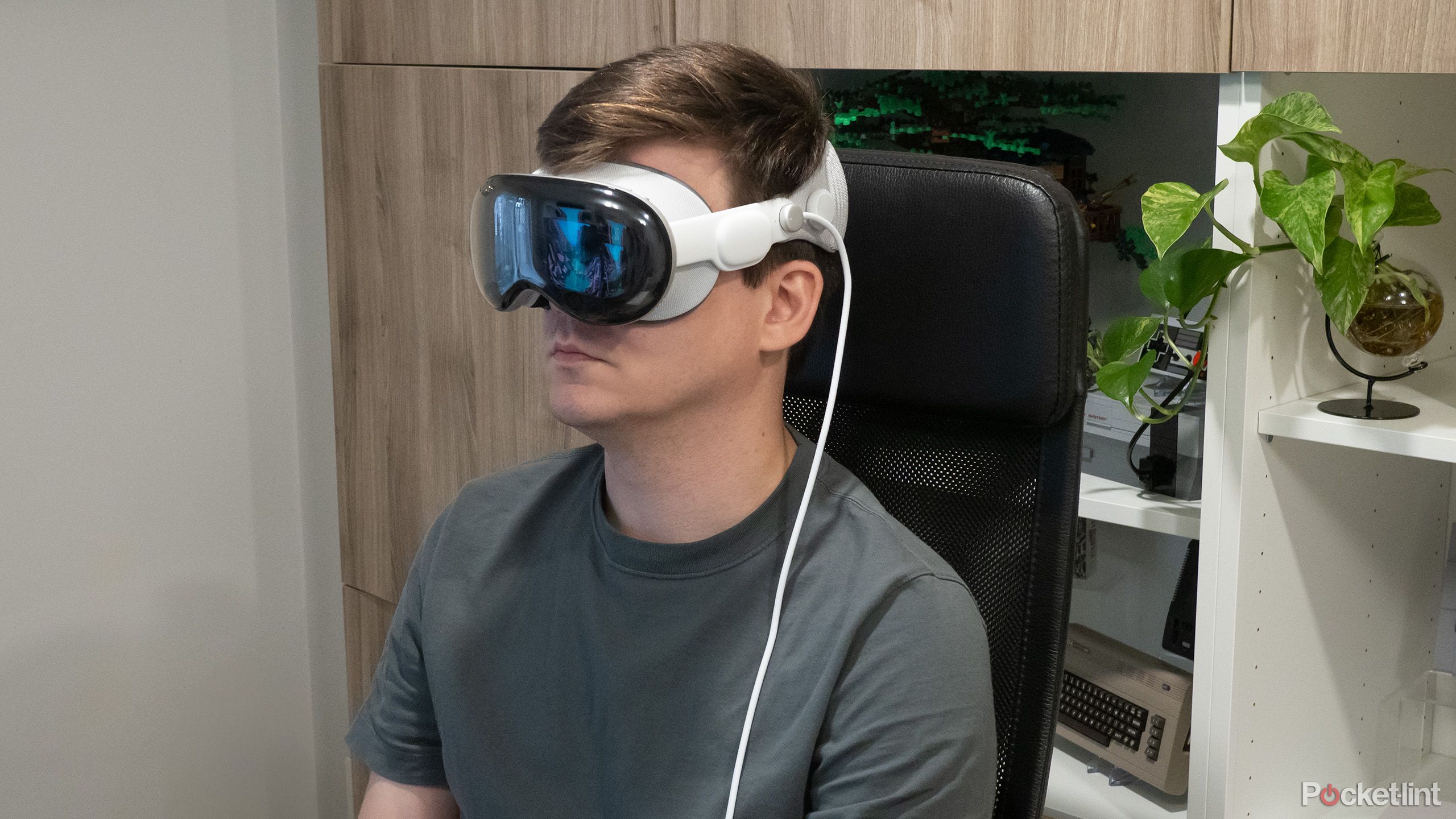Key Takeaways
- Most smartphone buyers seem to have settled into upgrading every to two for years.
- The thrill is gone — modest improvements aren’t a selling point when existing devices are good enough.
- Foldables could temporarily revive upgrade excitement, but even if they do, AR glasses may be just a few years away from displacing them.
Another year, another round of smartphone refreshes. We just saw Apple launch the iPhone 16 and 16 Pro, while Google released several Pixel 9 phones in August, and Samsung debuted its Galaxy S24 lineup pretty early on. In fact, all of the major smartphone makers are locked into an annual upgrade cycle, for reasons we’ll talk about later.
Gone, though, is the age in which everyone would get excited about the newest models. There were lineups for the new iPhones this year, certainly, but not on par with the camp outs we saw in the 2000s or even the 2010s. Media coverage has dipped, too. You’ll see reports from tech and business outlets, but we’re well past the days of a specific model being a pop culture phenomenon. Casual observers might get excited over “the new Google phone” or “the new iPhone” — but they probably don’t care which number is attached.
Personally, I think it’s safe to say that the smartphone market’s early excitement probably won’t return. There could be a brief resurgence for a few years, but otherwise, I’d only expect wealthier tech addicts to buy a new phone every year.
Related
The 6 biggest announcements from Meta Connect 2024
Meta not only gave a first glimpse of its AR glasses, but also announced a new cheaper VR headset, and a host of new Meta AI features.
The state of smartphone features
Or, a story of diminishing returns
The core issue is that smartphone makers are delivering fewer and fewer hardware changes of any significance. Processors are getting faster, but existing ones are often more than good enough for the tasks people are concerned with — despite companies like Apple and Google insisting you need generative AI, or perhaps console-quality gaming. Camera systems are typically only getting higher megapixel counts or improved telephoto lengths. We’ll sometimes get larger screens, bigger batteries, and/or faster charging, but never anything game-chaning — like, say, a battery that lasts two full days.
All of the fundamental problems have been solved, and there’s no incentive for revolution.
This shouldn’t be too surprising. Early into the smartphone era there was no template to work from, and companies were still developing basic technologies, such as cameras that didn’t shoot a blurry low-resolution mess. Every new model offered the potential of revolutionary improvements or solving fundamental problems. The iPhone 4, for example, was huge simply for including a non-pixelated display, a decent rear camera, and a front-facing camera for video calls.
These days, all the fundamental problems have been solved, and there’s no incentive for revolution. Phone makers know exactly what they can sell while maximizing their profit margins. A device like the Galaxy S24 Ultra is going to impress enough buyers, despite not doing anything dramatically different than an S21 Ultra. People invested in the Apple ecosystem, meanwhile, don’t even have much choice — if it’s an iPhone 16 or bust if they want something that’ll last a long time.
Ever-stretching upgrade cycles
Your phone really is like a computer, now
While 2023 Statista data notes that the average upgrade cycle for a US smartphone buyer is a little over two and a half years, it’s become common for many people to hold onto a phone for three or four years, if not longer, much like a tablet or laptop.
It’s no wonder. As far back as 2021, I was surprised at how small of a jump the iPhone 13 felt versus my previous device, 2018’s iPhone XR. The screen was brighter, apps were a bit faster, and low-light photos were noticeably better, but that was about it. I’d probably be saying something similar today if I’d bought a standard iPhone 16 instead of a 16 Pro — it’s mostly the Pro additions like a telephoto lens and a 120Hz display that make it feel radically better, and I could’ve had those with an iPhone 13 Pro if I’d had the cash at the time.
Companies are aware that phone upgrades are slowing down, which is why you’re seeing a growing emphasis on services and accessories. They’re a source of revenue in off years. Subscriptions provide steady income — $100 per year for Google One Premium may not seem like much versus a smartphone, but that adds up over time, and Google will be happy to add YouTube Premium, YouTube TV, or Google Fi to your bill as well.
The promise of foldables
An undiscovered underrated market?
Perhaps the only thing that I could see accelerating upgrade cycles in the near future is foldable tech. Although foldable phones have been around for a few years, they’re still a relative novelty — makers continue to grapple with basic questions such as app support, the ideal form factor, and how to keep both dust and water out of hinges. Substantial generational leaps are possible, as with the Pixel 9 Pro Fold.
Foldables could break out of their niche whenever Apple gets around to launching its rumored folding iPhone. The company has a history of coming late to product categories, but then refining them in a way that makes them more appealing to the masses. Achieving that with a folding iPhone could kickstart the same sort of regular one-upmanship in the industry we saw after the original 2007 iPhone.

Related
Gen Z isn’t feeling modern flip phones — here’s why
Gen Z isn’t answering the smartphone industry’s call to make retro tech smart.
There are a couple of potential obstacles, however, above all — price. So far, foldables have been incredibly expensive, beyond even the cost of most flagship phones. Apple and others are going to have to bring prices down if they want foldables to be frequent upgrade options, and I have my doubts that’ll happen — it’s easier to latch onto a “premium” market and hope production costs will ease up eventually.
Indeed, by the time foldables become affordable, the public might be ready to switch to AR glasses instead. Meta just recently demonstrated some of AR’s potential with its Orion concept glasses — why bother with a 7-inch OLED panel when you can simulate a larger virtual screen whenever and wherever you want? That’s not even considering the potential of overlaying data on real-world objects. I ride electric unicycles, and it would be incredibly handy to have Google Maps’ directions on the paths in front of me.
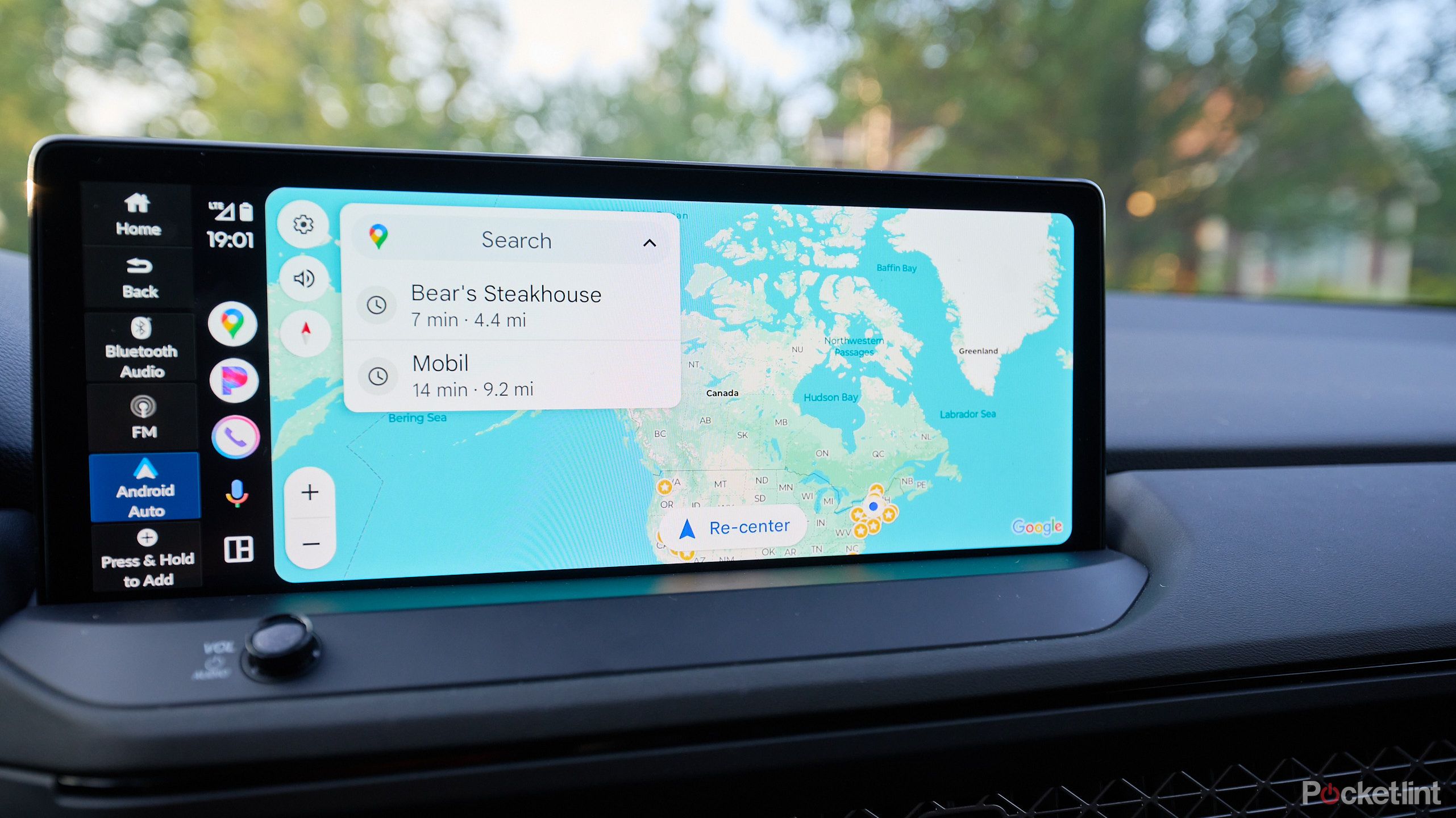
Related
Is Google Maps still worth using in 2024?
Google Maps is nearly 20 years old, but regular updates have kept the navigational app competitive.
Are we reaching the endgame for smartphones?
It’s tough to keep up
If were I a gambling man, I’d put my money on most smartphone buyers never going back to annual or biennial upgrades as a common practice. With AR glasses around the corner (sort of) and no sign of foldables becoming cheap, the current two- to four-year cycle will probably stay the status quo until smartphones fade from relevance, or at least stop being primary devices.
The current two- to four-year cycle will probably stay the status quo until smartphones fade from relevance.
So why do phone makers bother putting out annual upgrades? A cutthroat marketplace, pure and simple. The idea is that when people are ready to upgrade, you can prevent them from jumping ship to a rival brand with slightly newer specs. I’m fine with that, especially when I find myself drifting towards other devices anyway. My Apple Watch is almost as important to me as the iPhone it’s connected to, and I’d rather turn to my Steam Deck or EUC for entertainment. If AR glasses aren’t where they need to be in 2027, I’ll still get a smartphone — I just won’t be that buzzed about it.
Trending Products

Cooler Master MasterBox Q300L Micro-ATX Tower with Magnetic Design Dust Filter, Transparent Acrylic Side Panel…

ASUS TUF Gaming GT301 ZAKU II Edition ATX mid-Tower Compact case with Tempered Glass Side Panel, Honeycomb Front Panel…

ASUS TUF Gaming GT501 Mid-Tower Computer Case for up to EATX Motherboards with USB 3.0 Front Panel Cases GT501/GRY/WITH…

be quiet! Pure Base 500DX Black, Mid Tower ATX case, ARGB, 3 pre-installed Pure Wings 2, BGW37, tempered glass window

ASUS ROG Strix Helios GX601 White Edition RGB Mid-Tower Computer Case for ATX/EATX Motherboards with tempered glass…


